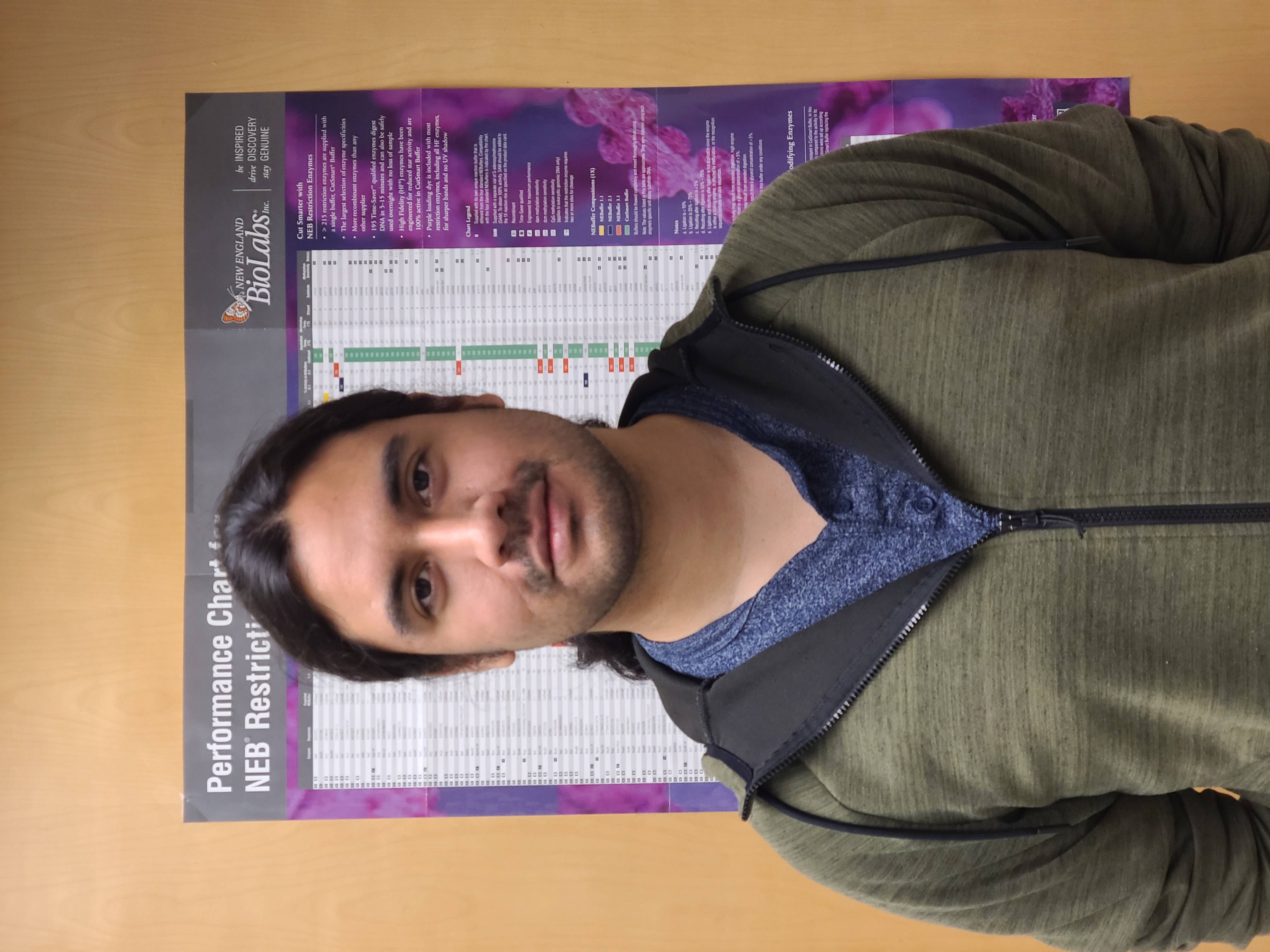Research Symposium
22nd annual Undergraduate Research Symposium
Damian del Carpio Poster Session 5: 1:30-2:15/Poster #65

BIO
Damian del Carpio is an American-Peruvian junior undergraduate transfer student at FSU majoring in Biological Sciences. He aims to pursue a PhD degree post-graduation, and his research interests revolve around furthering our understanding of the code of life for medical and enhancement purposes. del Carpio's career aspirations look at the work put forth by health focused federal institutions such as the CDC with great admiration as well as the possibility of developing new genetic therapies under his own brand for ethical commercial distribution.
LaRP1 and LaRP1b binding mechanism to Poly-A Binding Protein by Single Crystal XRD
Authors: Damian del Carpio, Blaine GordonStudent Major: Biological Sciences
Mentor: Blaine Gordon
Mentor's Department: Chemistry and Biochemistry Mentor's College: Arts and Sciences Co-Presenters:
Abstract
La-related proteins, LaRP1 and LaRP1b, regulate protein biosynthesis and translation factors by interacting with TOP (5′-terminal oligopyrimidine tract) mRNAs. Understanding how LaRPs interact with mRNA may open new ways to treat some diseases, as they play a critical role in gene expression. Addition of a tail of adenosine monophosphates (Poly-A) is part of mRNA maturation and protects it from degradation. This is assisted by the multi domain Poly-A Binding Protein (PABP) which also helps regulate the translation of the mRNA by mediating interactions between it and other proteins. The project explores the binding mechanism of LaRP1 and LaRP1b through a conserved PAM2 (PABP-interacting motif 2) motif to PABP’s MLLE domain by Single Crystal X-Ray Diffraction. The expectation is that LaRPs 1 and 1b bind the MLLE domain similarly to other known PAM2 motif carrying proteins. Single crystals containing peptides of the PAM2 sequences of both LaRP proteins, and the MLLE domain, were grown by hanging-drop vapor diffusion, and diffracted at Brookhaven National Laboratory. The data gathered was used to index the crystals’ unit cell orientation and dimensions using the software HKL2000. Further refinement of the data for the molecular structural determination was done by molecular replacement using the software Phenix. The final data will reveal the physical binding conformation of the MLLE with the peptide and a 3-D model of the complex’ structure will be rendered with the software PyMOL.
Keywords: structural biology, crystallography, protein-protein interactions, mRNA binding proteins, biophysics, biochemistry

